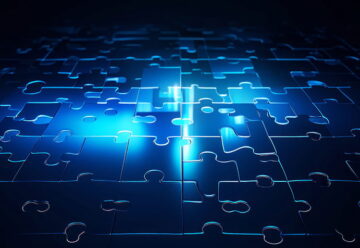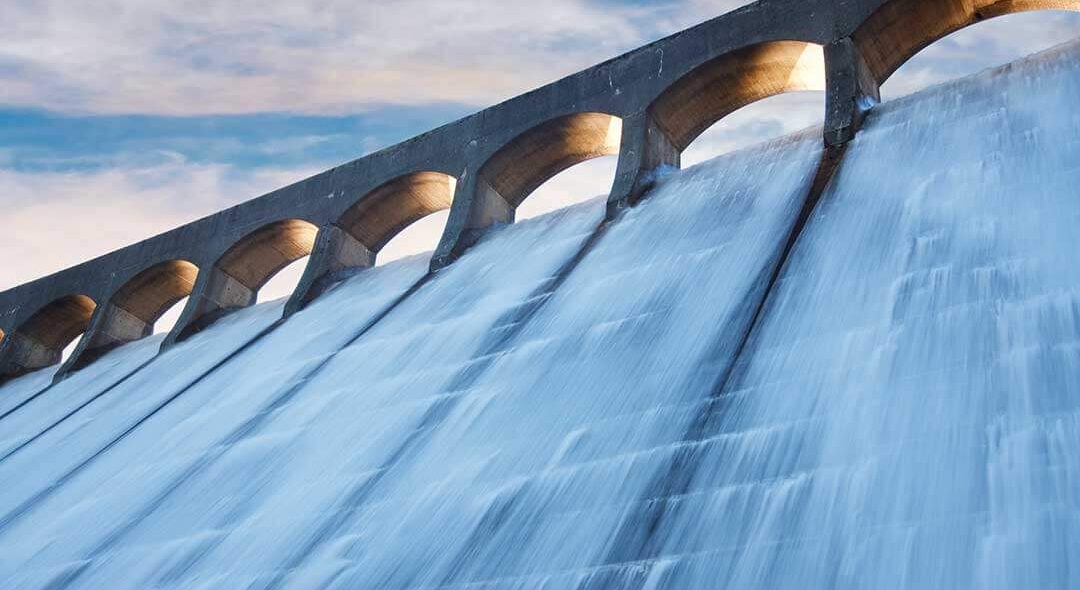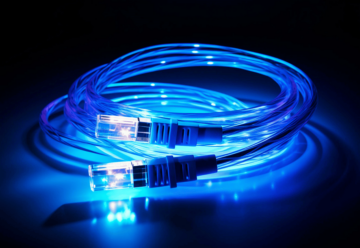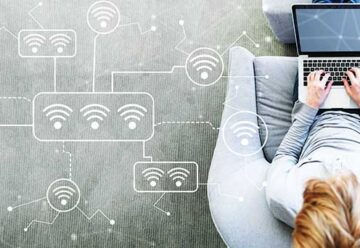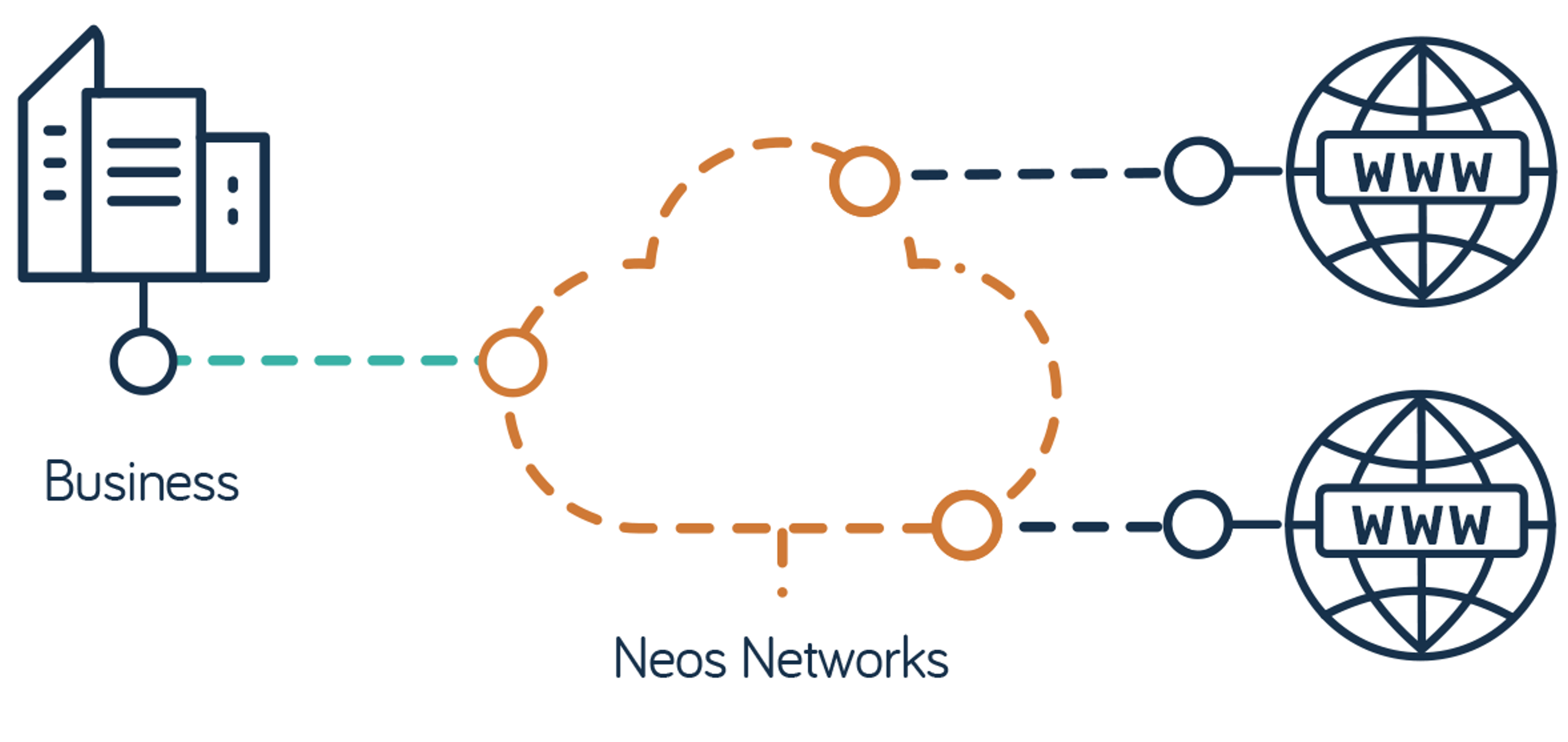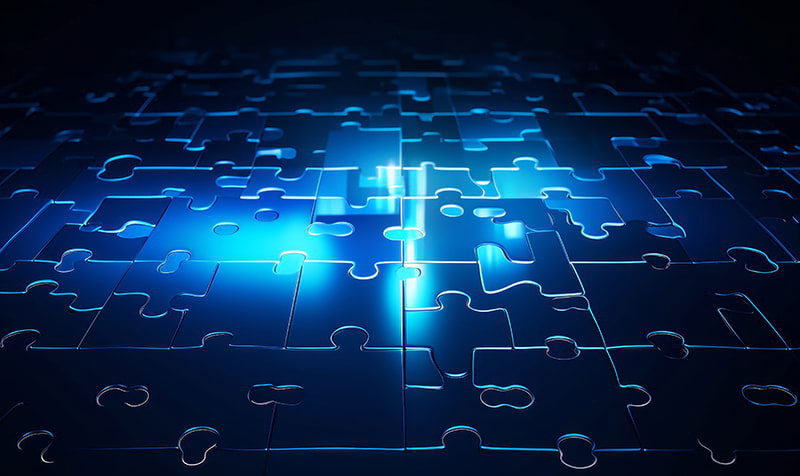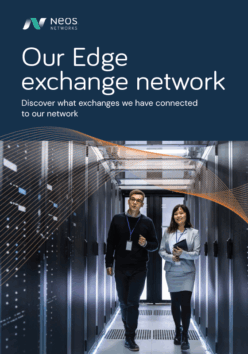- What is edge networking?
- How does edge networking work?
- What are edge devices?
- Edge networking benefits
- Edge networking use cases
- The challenges of edge networking
- The future of edge networking
What is edge networking?
Edge networking is a cloud-based networking architecture that locates computing resources and data storage close to where they’re needed – near end-user devices at the ‘edge’ of a network. This differs from traditional cloud computing, where data is processed in centralised data centres.
In edge networks, devices such as sensors, routers, and IoT devices handle a significant amount of data processing locally. This helps to reduce latency and bandwidth usage, enabling real-time data processing for applications like AI, IoT (Internet of Things) and 5G.
For example, in 5G networks, edge networking enables ultra-low latency, high speed communications, essential for applications like autonomous vehicles, real-time gaming and augmented reality (AR).
How does edge networking work?
Edge networking works by processing and storing data at or close to the devices that generate the data.
For example, autonomous vehicles like self-driving cars generate vast amounts of data from sensors, cameras and other devices. Instead of transmitting it to a distant cloud server, data is processed in or near the vehicle in real time, enabling split-second decisions about steering, braking, speed and navigation.
Autonomous vehicle edge network
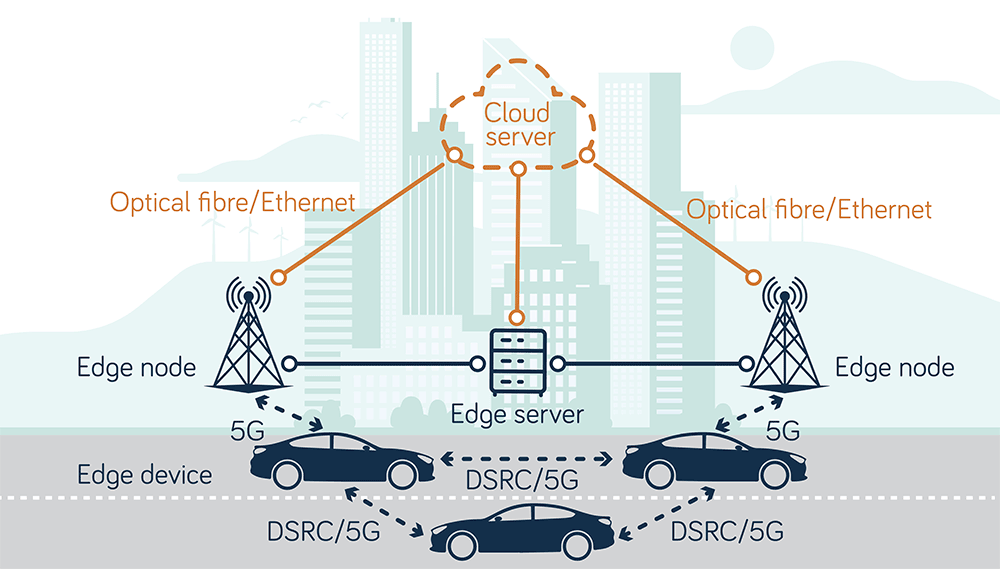
From cameras in self-driving cars to sensors in smart factories or your mobile phone, edge networks rely on edge devices to compute data at the edge.
What are edge devices?
An edge device is a device at the edge of a network that connects to another network. Put simply, it’s a bridge between two networks.
In addition, edge devices may filter, aggregate and process data without transmitting it to central cloud servers. Here are some common edge devices and the role they play.
Common edge devices
| Device | Function |
| Edge routers | Manage and direct network traffic, allowing different edge devices to communicate. By prioritising data in real time, they can decide which data needs to be forwarded to the cloud, optimising bandwidth usage. |
| Edge gateways | Connect IoT devices to the cloud. By aggregating and analysing data from multiple devices, they can ‘make decisions’ autonomously without relying on cloud servers. |
| Edge servers | Process data close to the data source. They may be standalone or integrated into other edge devices, like routers, gateways or IoT sensors. |
| IoT sensors | Collect and process real-time data about physical conditions, allowing devices to respond remotely. For example, sensors measuring temperature, humidity, or air quality in industrial or agricultural settings can trigger actions like adjusting heating or water levels. |
| Smart cameras | Record and process video on the spot. Using AI, smart security cameras can analyse footage locally and trigger an alarm if they detect suspicious activity. |
| Industrial controllers | Collect and analyse production line data in real time. This allows them to optimise efficiency and reduce downtime. |
| Mobile devices | Collect and process user data autonomously. With increasingly large storage, memory and processing power, smartphones, tablets and laptops now support AI and AR/VR. |
Edge networking benefits
Edge networks offer several key benefits, especially for applications where fast, local data processing is critical. Here are some of the main advantages:
- Reduced latency: By reducing the amount of data sent to central cloud servers, edge networking can significantly reduce latency and boost network response times.
- Optimised bandwidth: With less data sent to the cloud, edge networks generally use less bandwidth, reducing costs and improving overall efficiency.
- Real-time insights: As edge devices process data locally in real time, they enable time-critical applications like autonomous vehicles, smart manufacturing and health care monitoring.
- Enhanced data security: With local data processing, less sensitive data is sent over the internet, reducing the risk of interception. However, decentralised edge devices with limited security resources provide more entry points for hackers, so they must be adequately secured against attack.
As data consumption explodes, the fast processing, low latency and increased efficiency of edge networks make them ideal for various applications.
Edge networking use cases
Edge networks increasingly play a critical role in data-intensive emerging technologies. Here are some common uses.
Industrial IoT
In Industrial Internet of Things (IIoT) applications, edge networking enables multiple devices to make decisions on the spot. For example, in smart cities, cameras and sensors control street lighting, operate traffic lights and monitor pollution levels.
5G networks
Telecom providers use edge networking in 5G mobile networks. By processing data at the edge, 5G networks deliver the high-speed data transfer essential for emerging mobile tech like self-driving cars and AR headsets.
Autonomous vehicles
Equipped with cameras, radar, and laser-based sensors (LiDAR) , self-driving cars rely on edge networks. By processing driving data in or near the vehicle, they can constantly observe the road and surroundings, making split-second decisions to manage the car.
AR and VR
Augmented reality (AR) and virtual reality (VR) rely on ultra low latency to deliver real-time experiences without delay. Managing data on the edge in end-user devices allows AR/VR applications to create a realistic, immersive experience.
Healthcare
In healthcare facilities, medical devices process data on the premises to enable real-time patient monitoring and fast diagnosis. Remotely, wearable devices analyse data to detect unusual patterns in a patient’s vital signs and alert healthcare providers.
Energy management
In the UK’s emerging smart grid, energy network operators use edge networking to monitor and control energy sources. By controlling local distributed energy sources in real time, the smart grid can balance supply and demand dynamically.
Content delivery networks
Edge networks are critical for content delivery networks (CDN), which store data locally to speed up delivery to end users. For example, a streaming service may cache video near end users to minimise buffering and enhance customer experience.
Security and remote monitoring
Edge networking enables security cameras and other local sensors to provide real-time monitoring. By analysing video footage and sensor data at the edge rather than sending it to centralised servers, they can send alerts instantly.
The challenges of edge networking
Despite the many advantages of edge networks, deploying and maintaining them can be challenging. Here are some key issues to consider.
Network complexity
Since edge networks often comprise numerous fixed or mobile edge devices with different standards, protocols or software, deploying and managing them can be complex. In addition, current automation tools for remotely orchestrating, troubleshooting and maintaining equipment may not work in new edge deployments.
Network reliability
Edge networks may be deployed in areas with poor connectivity. Maintaining reliable ultra low latency connections between central servers and the edge can be difficult, especially with mobile devices.
Data management
Edge devices generate a massive volume of data, so deciding what to process locally and what to send to the cloud is critical. As edge devices typically have limited processing and storage capacity, businesses often abandon valuable data because they lack the resources to process it.
Scalability challenges
Some edge networks are simple to scale up. Instead of upgrading costly central servers, you can simply add or upgrade edge devices. However, edge device capacity is limited, and many current purpose-built edge deployments can’t always adapt to meet evolving business needs.
Security and privacy
As mentioned above, edge deployments can enhance data security by reducing the amount of sensitive data sent over the internet to central servers. However, numerous multiple edge devices increase the ‘attack surface’ for hackers and must be secured with robust security policies and user access controls.
To sum up, edge networks are complex to design and implement. In the future, deployments should become simpler as unified edge platforms and open standards emerge.
The future of edge networking
As the demand for real-time data processing grows, edge networking is set to become a core component of our digital lives. Here are six emerging trends shaping its future.
1. IoT, 5G and 6G
With the rollout of 5G (and 6G on the horizon), the number of IoT devices worldwide is set to double by 2030, reaching around 40 billion. Edge networking will be vital to manage the vast amounts of data generated. Meanwhile, the global edge data centre market is expected to grow at a CAGR of almost 15%, rising to $33.9bn by 2030.
2. Security and privacy
More advanced security measures, like zero-trust architectures, will be developed to ensure data security and privacy in edge devices. Zero-trust security means that no device on the network is trusted by default and requires continuous authentication to gain access.
3. AI and ML
As artificial intelligence and machine learning develop, edge devices will be able to perform increasingly complex analyses in real time. For example, edge networks can enable federated learning (FL), where ML models are trained locally on edge devices, keeping data private from central cloud servers.
4. Edge standardisation
A critical question that needs resolving is common standards for edge networking. The continued evolution and adoption of open standards, such as ETSI Multi-access Edge Computing, KubeEdge, and EdgeX Foundry, will be vital to ensure interoperability between vendors. Similarly, we can expect unified edge platforms to emerge with common frameworks for deploying and maintaining edge networks.
5. Hybrid architectures
As edge networks evolve, they will increasingly integrate with cloud infrastructure. As Neos Networks CTOO Matt Rees observes, “A hybrid approach of strategically placed data centres at the edge of the network, in combination with central data centres, will be essential to manage the rapid information flow cost-effectively and sustainably.” At the same time, more cloud providers will offer edge networking as a service (Edge-as-a-Service or EaaS).
6. Sustainability
Cloud computing is highly power-hungry, as shown by Google’s massive 48% jump in greenhouse gas emissions in recent years. In the UK, data centre power consumption is forecast to rise six-fold over the next ten years. Optimising smaller, more efficient edge data centres that use green energy and cooling solutions will be vital for a more sustainable future.
In short, edge networking is set to play a central role in our digital future, touching all aspects of our lives. Get ready to move to the edge.
At Neos Networks, we provide high capacity connectivity for businesses with over 90 data centres and 600 across our UK-wide network. If you’re looking to connect to the edge or just need high capacity connectivity for mission-critical networks, get in touch. We’ll be happy to make connectivity work for you.
Connect your business for your digital future
-
Is edge networking the same as edge computing?
Edge networking and edge computing are interrelated but distinct concepts. While edge computing refers to the general practice of processing data near where it’s generated at the ‘edge’ of a network, edge networking refers to the connectivity infrastructure that enables it. In other words, edge computing is the overall process; edge networking is the path.
-
How does edge networking differ from cloud computing?
Edge networks complement cloud computing. Cloud computing processes and stores data in centralised data centres – in the ‘cloud’. Edge networks allow data to be processed in real time near where it’s generated – at the ‘edge’. By enabling tasks to be performed on the spot, edge networks reduce the amount of data sent to the cloud, reducing latency and bandwidth usage.
-
What’s the difference between edge networks and core networks?
Edge networks are decentralised networks located close to end users providing local data processing. By contrast, core or backbone networks are centralised high capacity networks for long-distance data transmission. They connect data centres and other edge networks, forming the backbone of global network infrastructure.
-
How secure is edge networking?
Edge networks can enhance security by processing data locally, minimising data transmission across the internet and reducing the risk of attack. However, numerous edge devices can increase the risk of data breaches. They must be secured with strong encryption, device authentication and robust network security policies.
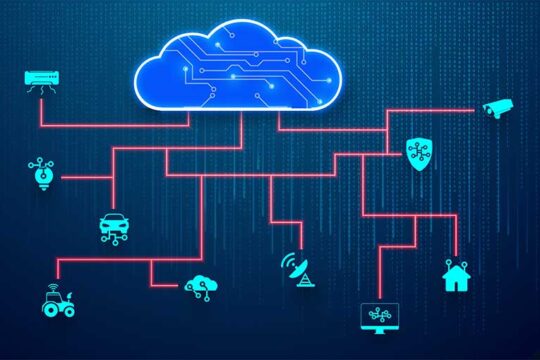







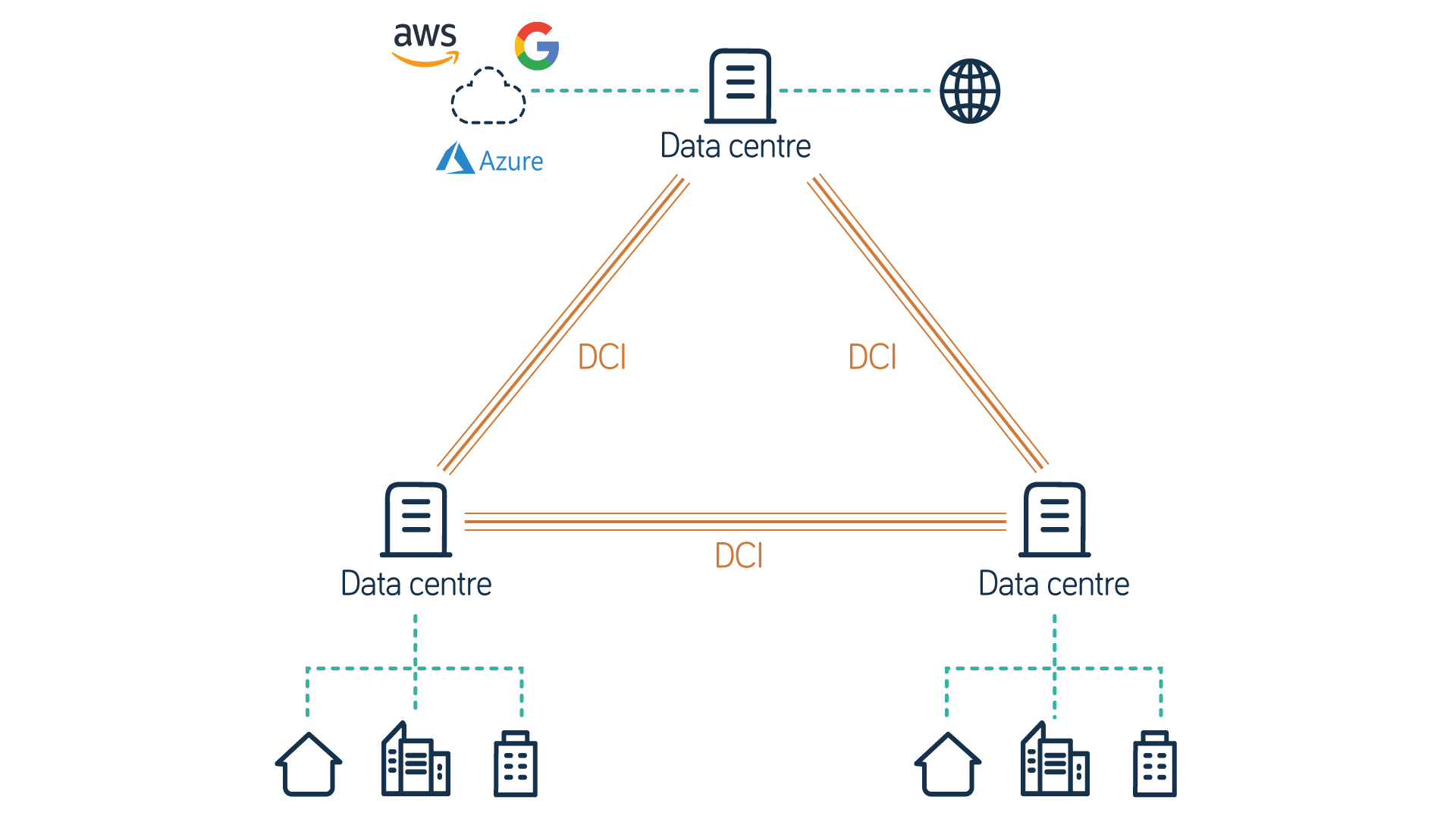

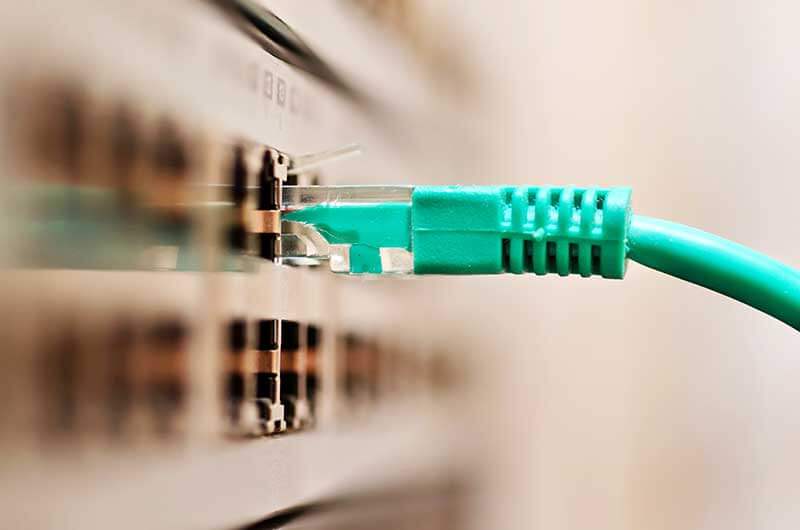



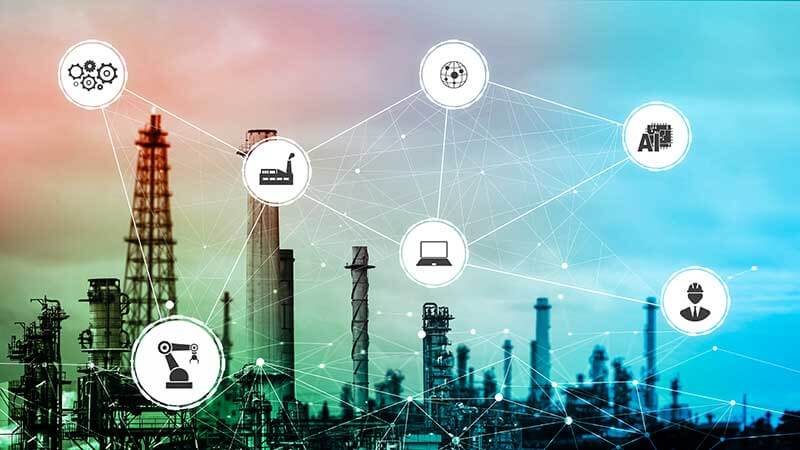
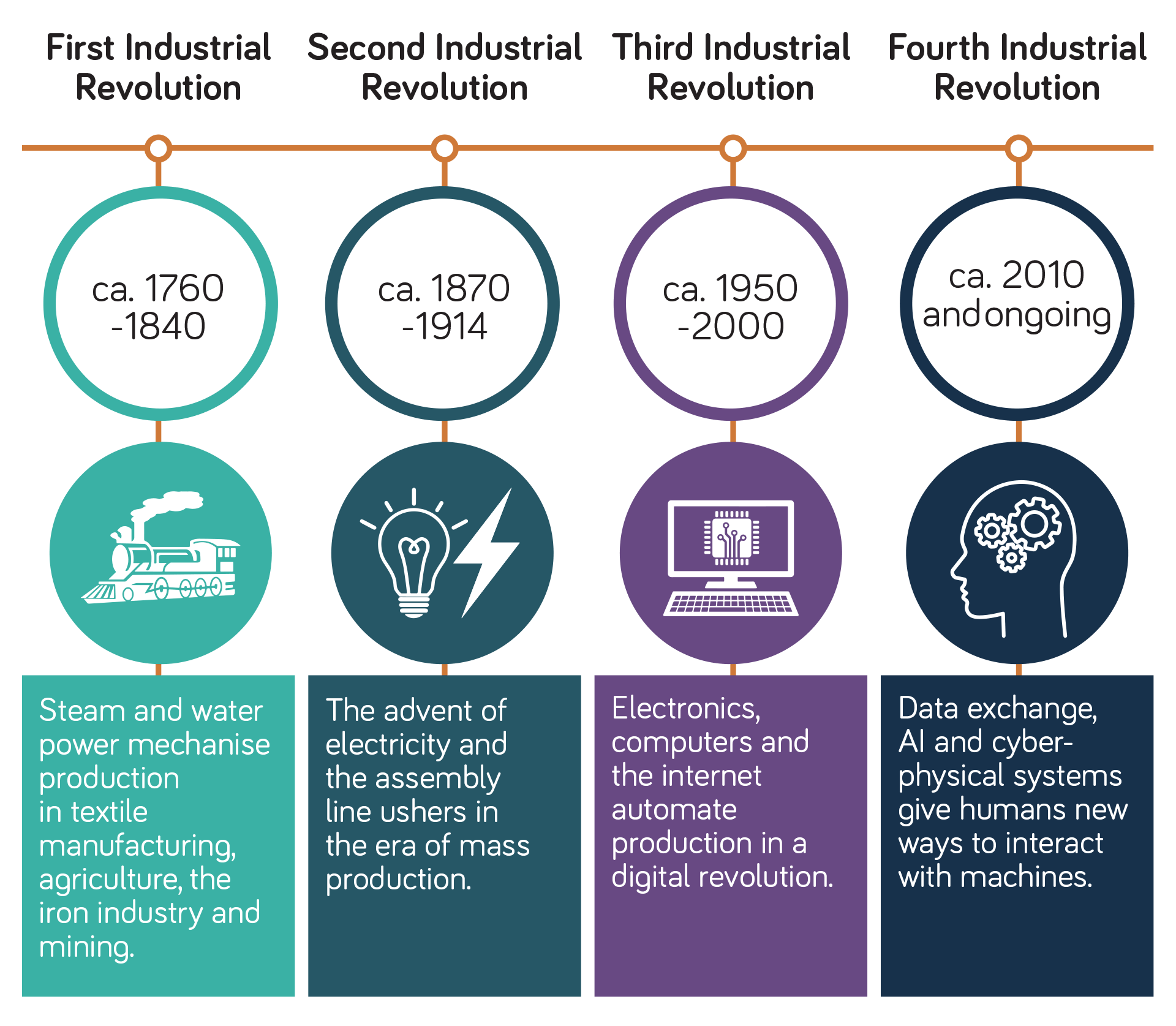



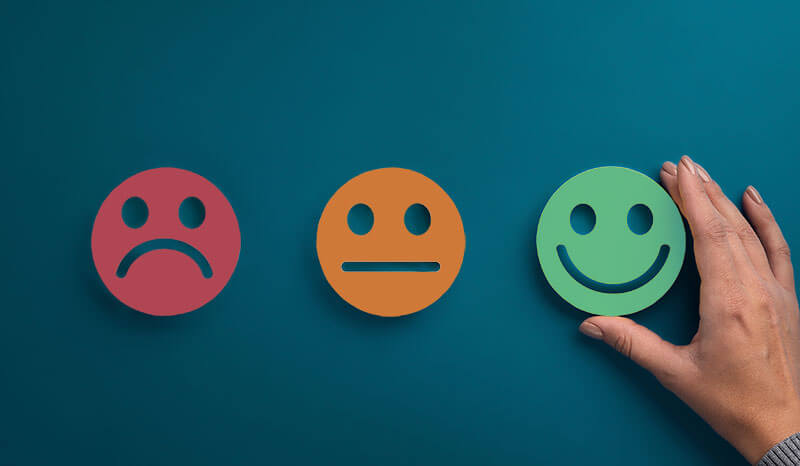

 ';
';

